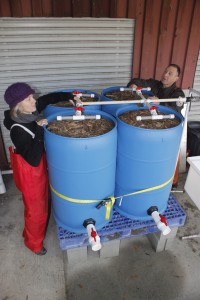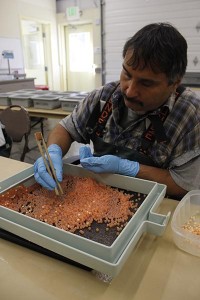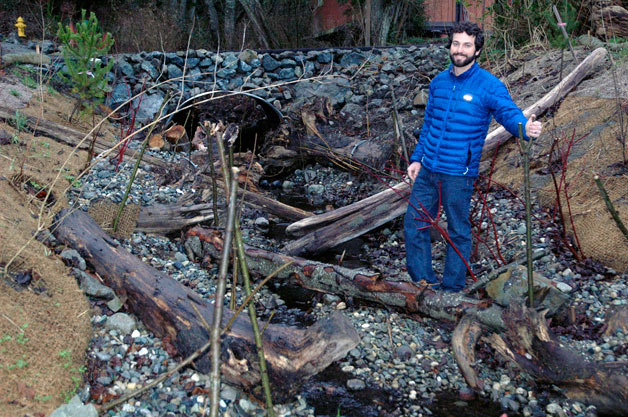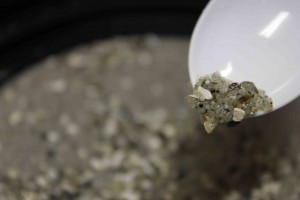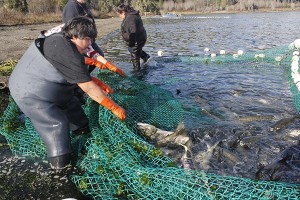A member of the Muckleshoot tribe, Valerie Segrest knew something was missing from her diet, but she wasn’t expecting the change it would bring.
By Valerie Segrest, Crosscut.com
Four years ago, when I was studying nutrition at Bastyr University in Seattle, I came to class to find a cup of tea waiting for me. My instructor said we would be doing a meditation: We would sit in silence for three minutes and drink tea. She instructed us to pay attention to how this warm beverage made us feel.
I was already immersed in an environment that preached the benefits of a good diet. My diet was pristine. On certain days, I was obsessed with eating the right things, like leafy greens and organic, whole carrots, which I cut myself rather than risk buying the baby-cut varieties that are washed in chlorinated water. But I was still sick quite often and couldn’t put my finger on what was lacking.
I am a Muckleshoot Indian, but other than the occasional seafood dish, little of what I ate then bore much connection with the landscape I lived in, which had fed my ancestors for many generations.
My body immediately responded to this tea. It was as if I were remembering what it was like to feel well. I was rooted and energized. When our three-minute silence ended, the instructor circled around the room and asked us to describe how we felt. Some people said they felt calmed, some said comforted.
Still stunned, I continued to sit in silence. The teacher announced we had just experienced wild stinging nettle tea.
I proceeded to drink nettle tea instead of water every day. I walked around with jars of nettle-tea infusions and talked to anyone who asked about how amazing this plant was. I began to visit patches of nettles in the woods near my house and everywhere else I could find the plants.
I read everything I could on the nettle. I drew it. I sat with it. I stung myself with it. I harvested and ate it. I bathed in its beautiful, rich juice. I had never felt so strong, energized, and healthy.
I call nettle my first plant teacher. From the moment I drank the juices of this plant, I became an advocate, passionate about the native foods of the Pacific Northwest. Currently, my work as a nutrition educator takes me to tribal communities throughout Washington state. Everywhere I go, I hear stories about the ways native foods heal people. Elders remind me that problems like diabetes and heart disease were almost nonexistent in our communities until we began to lose access to foods like salmon, huckleberries, elk and wild greens. These foods are nutrient-dense, and they bless us with a true sense of place.
From Muckleshoot oral traditions, I have learned that plants and animals teach us how to live. How can we be like salmon, who return each year to their ancestral rivers and give their lives in order to feed the land, plants, animals and humans? How can we transform our behaviors and habits to fit our natural surroundings, like the 20 different varieties of huckleberries that grow wild from the seashore to the mountaintops?
Since that moment with the cup of nettle tea, I have become committed to sharing the abundance of wild foods, praying for their return and celebrating their presence in the world.


